Waffles vs. Pancakes vs. Crepes! Three breakfast desserts, with three very similar recipes, that make three very different, yet delicious, breakfast entrees. So what’s the actual difference between the three? Are the batters really are interchangeable? Why is one crunchy, one soft, and one sheet thin? All very different products, with very subtle differences.
Derived from Belgium, waffles are very similar to pancakes in that they both use the same ingredients: flour, eggs, baking powder, sugar, and milk. The key difference is the increments, the cooking method, and the result. Waffles are crunchier than pancakes for a reason. They’re typically made with slightly more sugar than pancakes and they’re cooked using a two sided, dual-heated griddle that’s typically well greased. The extra sugar ever so slightly caramelizes the outer layer of the waffles, accounting for part of the crunch factor, and the well-greased griddle lightly fries the surface of the waffles (while the inside portion bakes)—accounting for the rest of that delicious crunchy exterior and fluffy interior! Also, if you’re cooking waffles the old school way, you’re separating the yolks from the eggs whites, whipping the whites, and then folding that and the yolks into the batter separately. Is makes for a fluffier waffle, but the majority of folks don’t follow this method anymore. Regardless, the best part of waffles is how well they can cradle heaps of melted butter and syrup; not to mention the countless other toppings they’re sturdy enough to support!
Pancakes, hotcakes, flatjacks…are apparently interchangeable names for the same awesome breakfast. They’re thin, yet fluffy, round, and dense bread cakes—made by whipping the same ingredients as waffles (only with a little less sugar and sometimes less egg), into a lump free batter that gets poured onto a med-high pan or griddle. As the exposed side begins to bubble, and then the bubbles begin to pop open, you flip it, cook it for slightly less time on the second side, and then start the signature pancake stack—one, two, three, and more if you’re really hungry! They tend to be more dense and more moist than a waffle. Very sponge like, perfect for sopping up syrup or even chocolate! The outside, though lightly browned, remains soft and smooth like a sheet cake—not crunchy like a waffle. Crazy how the tiniest change in ingredients and cooking methods, make such different, yet delectable treats.
Crepes are no exception. A french dish, it’s prime ingredients are identical to that of pancakes and waffles…that is except for one thing—baking powder. Without baking powder, there’s no rising agent, accounting for the thinness of a crepe. They also tend to be made with the less sugar, resulting in less of a sweet taste and of more of a subtle egg flavor. That’s one of the greatest things about crepes! Since they’re not abundantly sweet, they can, and often are, served sweet OR savory. They can be stuffed with nutella and strawberries, OR they can be wrapped around ham, spinach and melted cheese. Traditionally, crepes are so light that they’ll commonly be eaten as a snack throughout the day. Personally, toss a little powdered sugar on top, and I’ll eat them any time you want!
Of the three, which is your favorite, and how do you like to serve it up?
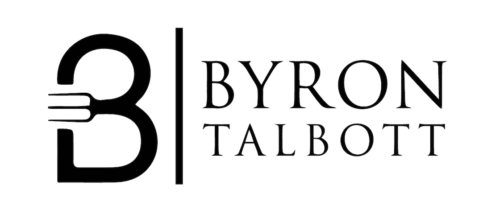
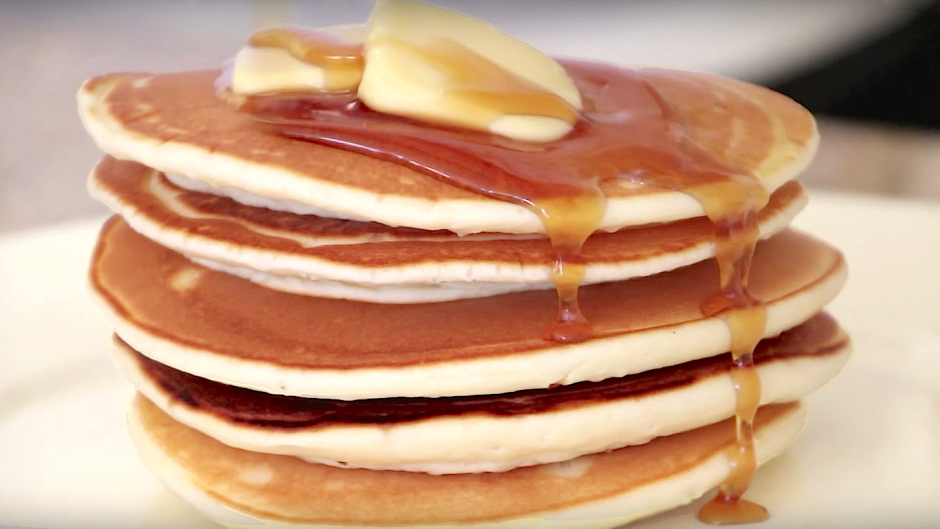
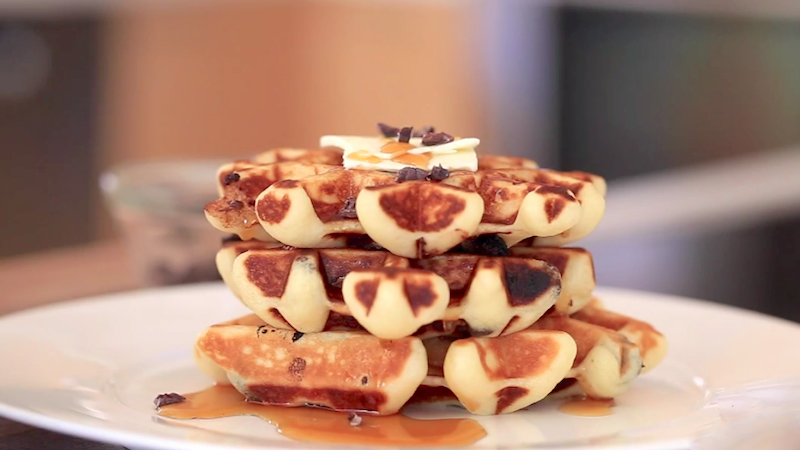
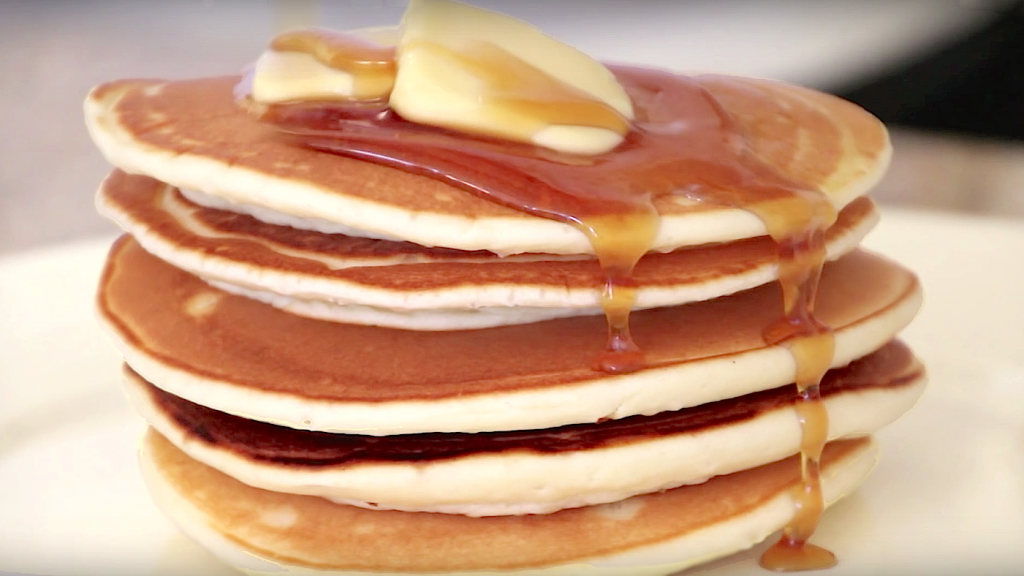
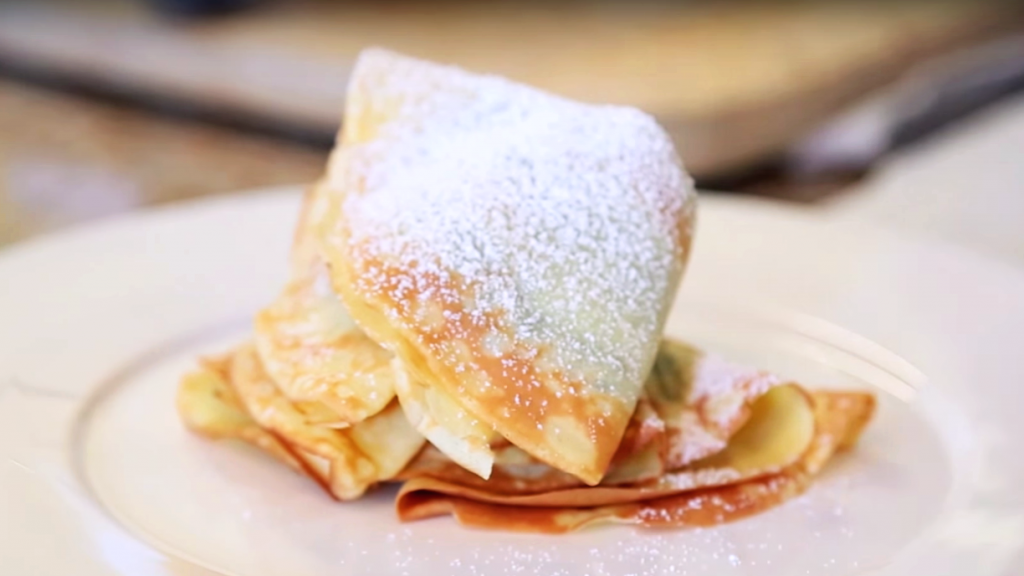
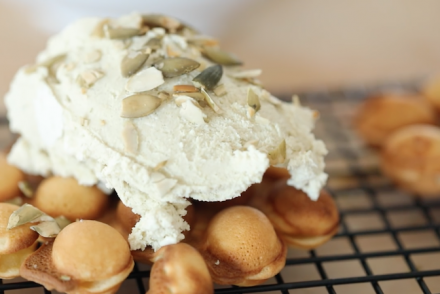
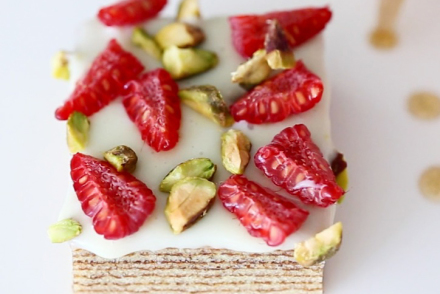
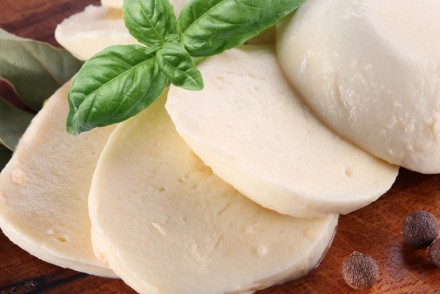
I always leave my pancake batter on the lumpy side, thinking that it’s best not to overmix it. Is it better to mix them down?
Your images, I have to say, are stunning! And I thotoughly enjoy your articles. Thanks!
I see you waffle recipe. I don’t understand . 1/2 cup fo milk = 125 ml . 1 cup flour = ?